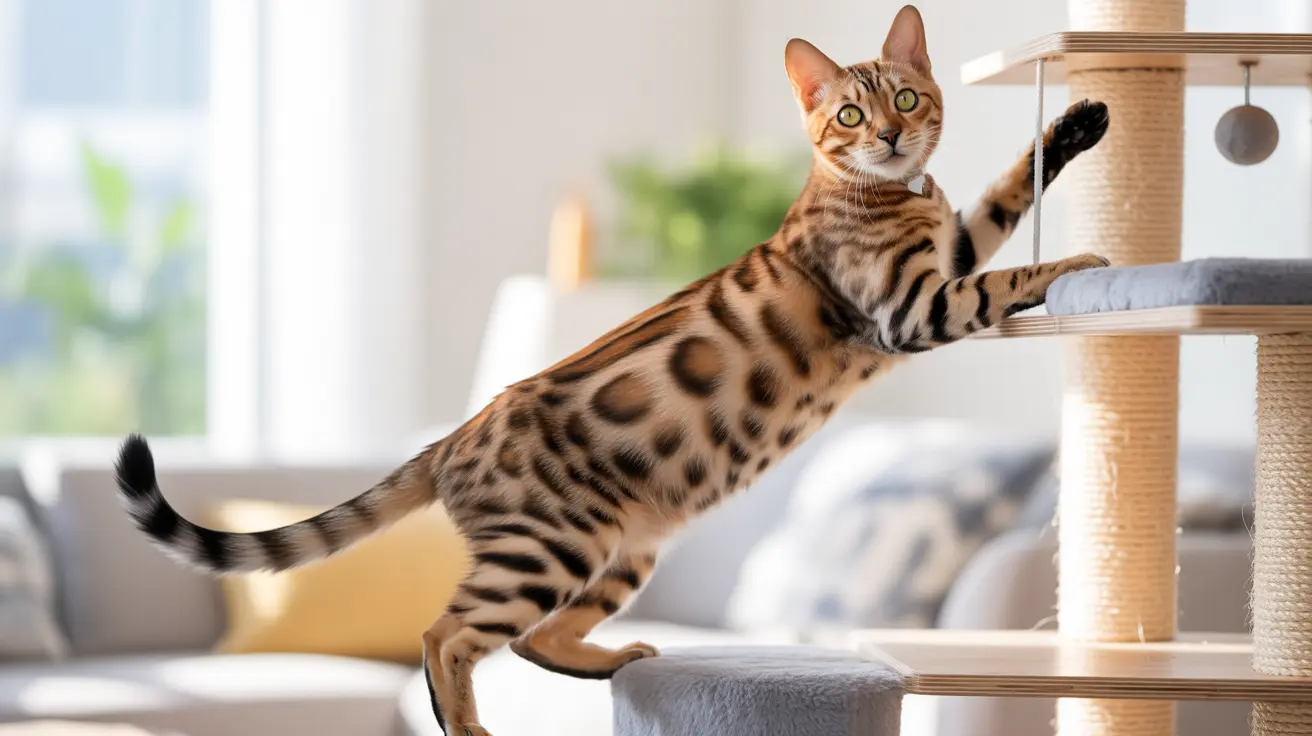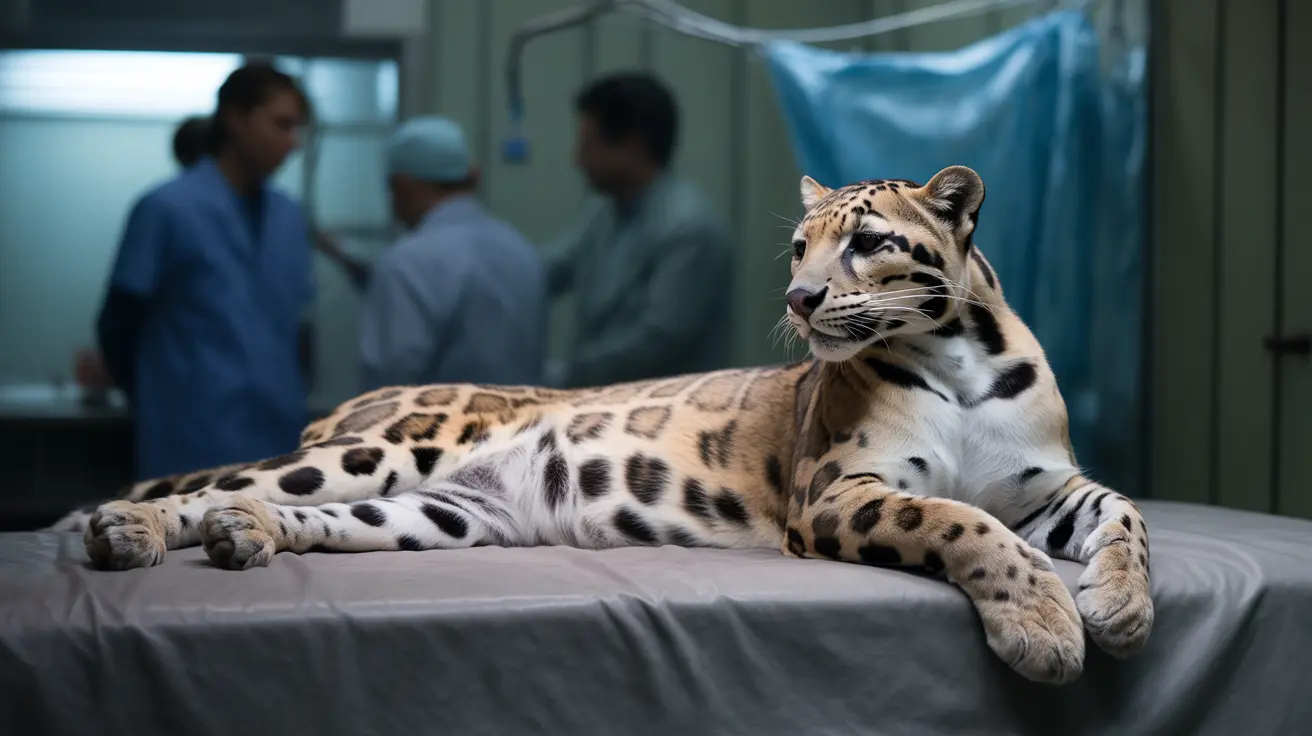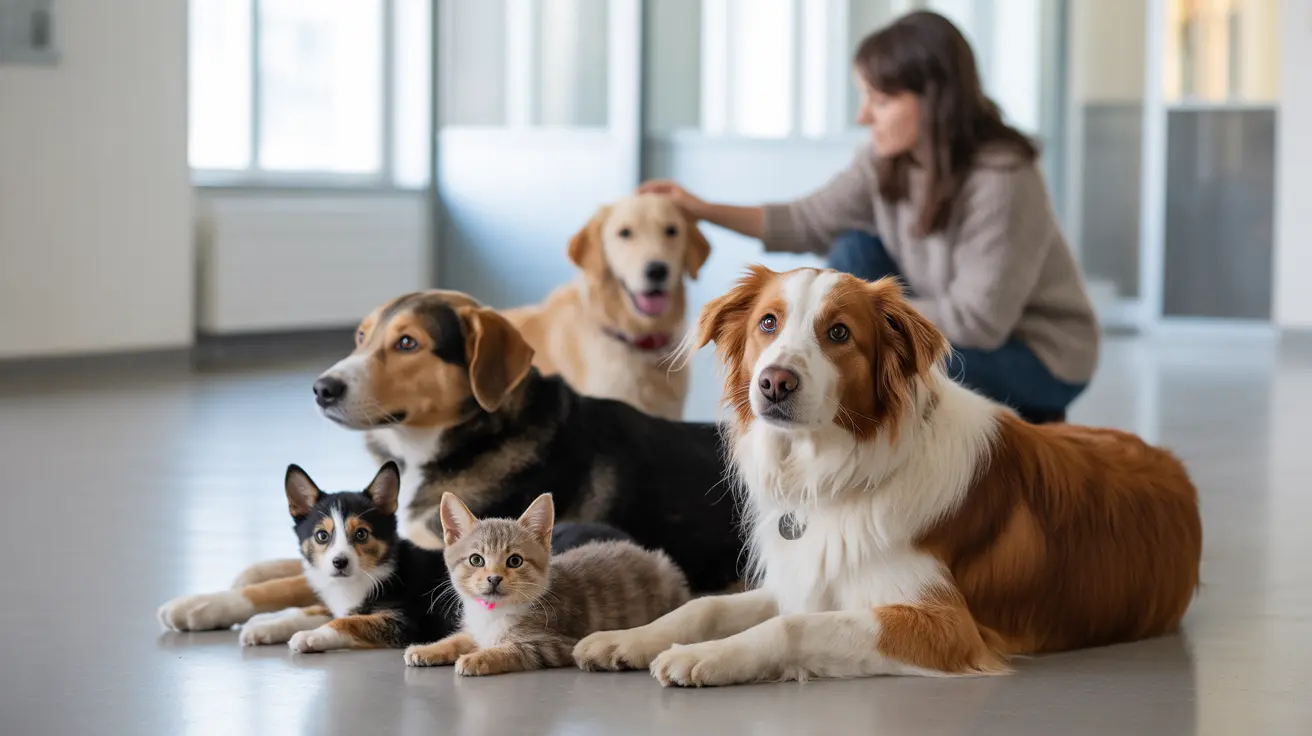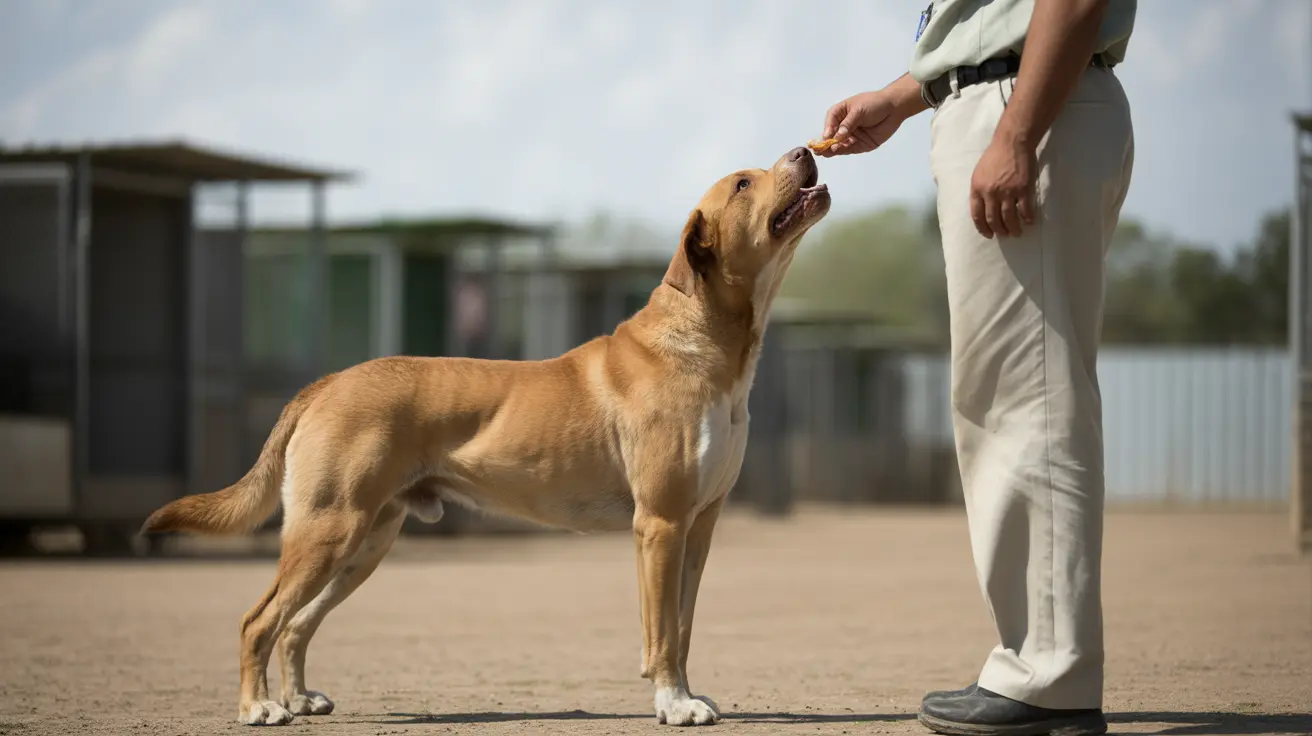Curious about whether your feline friend might have some wild Bengal ancestry? Understanding Bengal mix cats can be fascinating yet challenging, as these unique hybrid breeds combine the exotic appearance of Bengal cats with traits from other domestic cat breeds.
In this comprehensive guide, we'll explore the key characteristics that can help you identify a Bengal mix cat, understand their distinctive behaviors, and learn about the special care these remarkable felines may require.
Physical Characteristics of Bengal Mix Cats
Coat Patterns and Texture
Bengal mix cats often inherit some of the striking features of their Bengal ancestry, though these may be less pronounced than in purebreds. The coat typically shows:
- Spotted or marbled patterns, though less defined than purebred Bengals
- A softer sheen rather than the intense "glitter" effect of pure Bengals
- Variable fur texture, ranging from silky to more standard domestic cat coat types
Body Structure and Features
Mixed Bengal cats may display:
- Athletic, muscular build, though potentially less extreme than purebreds
- Large, expressive eyes in various colors
- Medium to large size, depending on the other breeds in their lineage
- Long, thick tail with some spotting or ring patterns
Behavioral Traits of Bengal Mixes
Bengal mix cats often retain several characteristic Bengal behaviors, though usually to a more moderate degree:
- High energy levels and playfulness
- Above-average intelligence and trainability
- Interest in water, though not always as pronounced as purebreds
- Strong climbing instincts and need for vertical space
Care Requirements and Living Environment
These unique cats typically need:
- Regular interactive play sessions
- Climbing opportunities (cat trees, wall shelves)
- Mental stimulation through puzzle toys and training
- Adequate space to exercise and explore
Understanding Your Bengal Mix's Needs
While Bengal mixes may be less demanding than purebred Bengals, they still require:
- Daily exercise and playtime
- Social interaction and attention
- Environmental enrichment
- Regular veterinary care
Frequently Asked Questions
How can I visually identify if my cat is a Bengal mix or a purebred Bengal?
Look for a combination of Bengal traits like spotted/marbled patterns, muscular build, and athletic behavior, but expect these characteristics to be less pronounced than in purebreds. The only definitive way to confirm Bengal ancestry is through genetic testing or documentation from the breeder.
What are the unique coat patterns and colors that distinguish Bengal mix cats?
Bengal mixes may show spotted or marbled patterns, though these are typically less defined than purebred Bengals. Colors can range from brown and silver to snow variations, but the patterns might blend with traditional tabby markings.
Do Bengal mix cats share the same high energy and behavioral traits as purebred Bengals?
While Bengal mixes often inherit some of the active, playful nature of Bengals, these traits are usually more moderate. They typically maintain higher energy levels than average domestic cats but may not be as intense as purebred Bengals.
Is genetic testing necessary to confirm if a cat is a Bengal mix?
Yes, genetic testing is the only definitive way to confirm Bengal ancestry unless you have documentation from a breeder. Visual identification alone cannot provide conclusive proof of Bengal heritage.
What special care and enrichment do Bengal mix cats need compared to other domestic cats?
Bengal mixes typically require more environmental enrichment than average cats, including climbing opportunities, interactive toys, and regular play sessions. They may need more attention and exercise but usually not as much as purebred Bengals.
Conclusion
Bengal mix cats offer a unique blend of exotic beauty and domestic cat temperament, making them wonderful companions for the right households. While they may require more attention and engagement than typical domestic cats, they generally demand less intensive care than purebred Bengals.
Whether you're considering adopting a Bengal mix or trying to understand your current pet better, remember that each cat is unique, regardless of their genetic makeup. Focus on providing the love, attention, and care that suits your individual cat's needs and personality.






